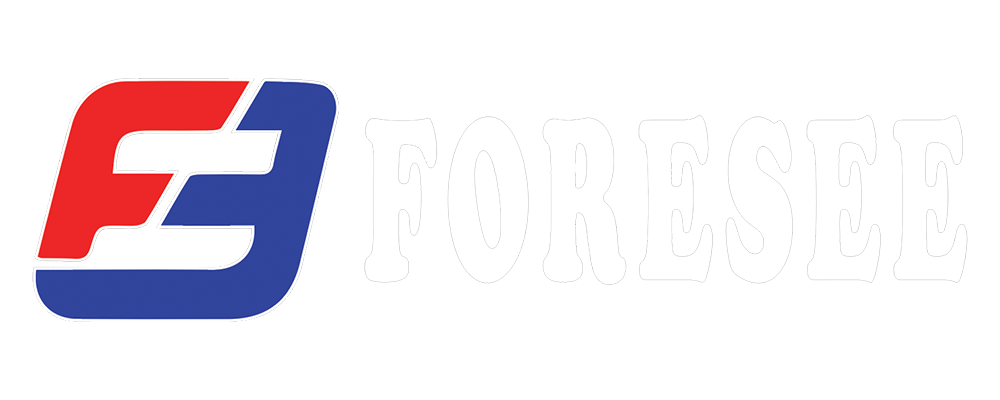AWS A5.8 Classification
The AWS A5.8 specification deals with the classification of filler metals for brazing and braze welding. Brazing is a joining process that utilizes a filler metal with a melting point lower than the base metals being joined. Brazing is often used for applications where minimizing heat input is crucial, such as joining dissimilar metals or thin components.
Here's a breakdown of the key information about AWS A5.8:
-
Application: This specification focuses on filler metals used in various brazing and braze welding processes, including:
- Torch Brazing: A heat source like a torch melts the filler metal to join the base metals.
- Induction Brazing: An alternating current field heats the joint to brazing temperatures.
- Furnace Brazing: The entire assembly is heated in a furnace to achieve brazing temperatures.
- Braze Welding: Similar to brazing, but the filler metal has a higher melting point and can achieve stronger joints.
-
Material Coverage: AWS A5.8 classifies filler metals for brazing a wide range of materials, including:
- Ferrous Metals (Steels): Carbon steels, low-alloy steels, and stainless steels.
- Non-Ferrous Metals: Aluminum, copper, nickel, and various other alloys.
- Dissimilar Metals: AWS A5.8 can help select filler metals suitable for joining different base metals.
-
Classification System: AWS A5.8 uses a coding system to classify filler metals based on several factors:
- Base Metal Compatibility: The prefix (e.g., BAg for brazing silver alloys, BCu for brazing copper alloys) indicates the suitability for specific base metals.
- Melting Point and Composition: The subsequent digits and letters denote the melting point range and chemical composition of the filler metal.
- Form: The specification also covers the form of the filler metal, such as wire, rod, or sheet.
-
Benefits of Using AWS A5.8 Classified Filler Metals:
- Standardized Performance: The classification system ensures consistent properties of filler metals, leading to predictable and reliable brazed or braze welded joints.
- Selection Guidance: The system aids in selecting the right filler metal for a specific application based on the base metals, desired joint strength, and brazing process.
Key aspects of AWS A5.8 classification include:
-
Material Type: Specifies the types of metals and alloys used in brazing and braze welding, such as copper-based, silver-based, nickel-based, and aluminum-based alloys.
-
Chemical Composition: Defines the composition range of the filler metals, including alloying elements, to achieve specific melting temperatures, fluidity, and compatibility with the base metals.
-
Application Methods: Provides guidelines for the appropriate methods of applying the filler metals, such as torch brazing, furnace brazing, induction brazing, and resistance brazing.
-
Joint Design and Preparation: Outlines the recommended joint designs and surface preparations for achieving strong and durable brazed joints.
-
Testing and Certification: Specifies the testing procedures and requirements for certification to ensure that filler metals meet the specified standards for quality, strength, and reliability.
| AWS A5 Series Code | American Welding Society (AWS) Standard Title |
| AWS A5.1 | Carbon Steel Electrodes for Shielded Metal Arc Welding (SMAW) |
| AWS A5.2 | Carbon and Low-Alloy Steel Rods for Oxyfuel Gas Welding (OFW) |
| AWS A5.3 | Aluminum and Aluminum Alloy Electrodes for Shielded Metal Arc Welding (SMAW) |
| AWS A5.4 | Stainless Steel Electrodes for Shielded Metal Arc Welding (SMAW) |
| AWS A5.5 | Low-Alloy Steel Electrodes for Shielded Metal Arc Welding (SMAW) |
| AWS A5.6 | Copper and Copper-Alloy Electrodes for Shielded Metal Arc Welding (SMAW) |
| AWS A5.7 | Copper and Copper Alloy Bare Welding Rods and Electrodes |
| AWS A5.8 | Filler Metals for Brazing and Braze Welding. |
| AWS A5.9 | Carbon Steel Electrodes and Fluxes for Submerged Arc Welding (SAW) |
| AWS A5.10 | Bare Aluminum and Aluminum-Alloy Welding Electrodes and Rods. |
| AWS A5.11 | Nickel and Nickel Alloy Welding Electrodes for Shielded Metal Arc Welding (SMAW), Gas Tungsten Arc Welding (GTAW), and Plasma Arc Welding (PAW) |
| AWS A5.12 | Tungsten and Tungsten Alloy Electrodes for Arc Welding and Cutting |
| AWS A5.13 | Surfacing Electrodes for Shielded Metal Arc Welding (SMAW) |
| AWS A5.14 | Nickel and Nickel-Alloy Bare Welding Electrodes and Rods |
| AWS A5.15 | Welding Electrodes and Rods for Cast Iron |
| AWS A5.16 | Titanium and Titanium Alloy Welding Electrodes and Rods |
| AWS A5.17 | Carbon Steel Electrodes and Fluxes for Submerged Arc Welding (SAW) |
| AWS A5.18 | Carbon Steel Electrodes and Rods for Gas Shielded Arc Welding (GMAW) |
| AWS A5.19 | Magnesium Alloy Welding Electrodes and Rods |
| AWS A5.20 | Carbon Steel Electrodes for Flux Cored Arc Welding (FCAW) |
| AWS A5.21 | Bare Electrodes and Rods for Surfacing |
| AWS A5.22 | Stainless Steel Electrodes for Flux Cored Arc Welding (FCAW) |
| AWS A5.23 | Low-Alloy Steel Electrodes and Fluxes for Submerged Arc Welding (SAW) |
| AWS A5.24 | Zirconium and Zirconium-Alloy Electrodes and Rods for GTAW, GMAW, PAW (Plasma Arc Welding) |
| AWS A5.25 | Specification for Carbon and Low-Alloy Steel Electrodes and Fluxes for Electroslag Welding (ESW) |
| AWS A5.26 | Specification for Carbon and Low-Alloy Steel Electrodes for Electrogas Welding (EGW) |
| AWS A5.27 | Specification for Carbon and Low-Alloy Steel Electrodes and Rods for Gas Shielded Arc Welding |
| AWS A5.28 | Specification for Low-Alloy Steel Electrodes and Rods for Gas Shielded Arc Welding |
| AWS A5.29 | Specification for Low-Alloy Steel Electrodes for Flux Cored Arc Welding (FCAW) |
Foresee Electronics INC., North America Headquarters in Irvine, California
-
Address
18103 Sky Park Circle, B2, Irvine, CA 92614
-
Phone
+1 949 264 3389
-
Email
info@foreseeusa.com
-
Office hours
Monday to Friday 09:00 - 17:30 Saturday & Sunday Close
